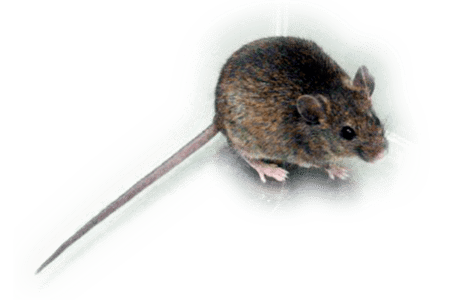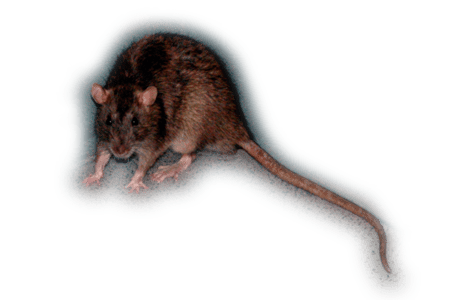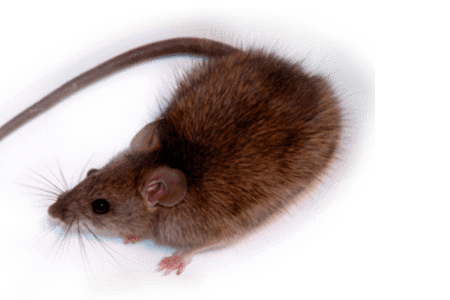Active Seasons




Rodent Appearance and Size Facts
With rodents making up 40% of all mammals on Earth, it’s not uncommon to see one inside your Florida home. While they might seem harmless, rodents are key carriers of several diseases, including plague, Lyme disease, flea-borne typhus, and many more. To get rid of rodents in your Florida home, you will need the right tools, resources, and expertise to get the job done.
At Hulett Environmental Services, we strive to provide these resources along with the best rodent control in Florida. In this guide, our team will provide ways to help you identify a rodent infestation and learn how to prevent one from happening.
The average size of a rodent ranges from four to 18 inches long. The most common rodents found in Florida homes are Norway rats and roof rats. Each tends to have dexterous forepaws and a long, slender tail that carries next to no fur. Despite the similarities, there are several key differences between mice and rats. In comparison to the round-bodied mice, rats are short-bodied rodents. Mice tend to have triangular noses, while rats’ noses are typically round.
We offer rodent control in the following locations and their surrounding areas:
Types of Rodents

Behavior and Habitat of Rodents
Most comfortable in terrestrial structures, rodents can be found in human-made structures such as homes, apartment complexes, and more. Even with all the similar traits and behaviors, each rodent species has unique characteristics that make them stand out from the rest. Some are very social, such as the house mouse, while other species are solitary creatures.
Rodents, more often than not, make their homes by burrowing or foraging materials to form nests in dark and secluded areas. However, among everything else, their main attraction to homes is food sources, and rodents are often found feeding on spare crumbs and open food sources.
While infesting a home, rodents can not only cause fright but also chew through electrical cords, creating potential electric hazards. Additionally, rodents are known to carry diseases and fleas, so can easily create a health risk for your family and pets. Although rodents are skittish and will mostly avoid you in your home, these risk factors make removing them from your home promptly a must.

Signs of Infestation of Rodents
Among the several common key indicators that you have a rodent infestation is the presence of gnaw marks and droppings in your home. Since rodents are primarily in the search for food and shelter, gnaw marks can very likely be present on food packaging. In some rodent infestations, you may also be able to hear scurrying sounds or squeaking in your walls.
Seeing one or more rodents may also be a sign of a mouse or rat infestation. Rodents will generally avoid you or scurry away once you see them. However, there is also the chance that you will encounter one in the open spaces of your home.

Tips for Prevention of Rodents
First and foremost, make sure food items are sealed and put away out of the rodent’s reach. Since food sources are the main attractant for rodents, it’s best to eliminate them as often as possible. Another way of better preventing an infestation is by regularly cleaning your house. From wiping down kitchen counters to sweeping floors, vacuuming, and beyond, a clean house is more likely to be less appealing to rodents.
As with any pest, rodents need a point-of-entry to get into your home. Be sure that the exterior of your home is fully sealed up – even a small gap can bring rodents and bugs right on in!
Getting Rid of Rodents
In an attempt to get rid of rodents from your home you not only risk exposing yourself to diseases but will likely find it a much more difficult task than you think. Instead of having you do the dirty and dangerous work, the best and most effective solution is to go to professional pest control services to prevent rodents from getting into your Florida home. Experts can help you not only trap and eliminate rodents but also help you find rodents that are hiding just out of sight and identify and seal their original points of entry. At Hulett Environmental Services, we even offer advanced rodent baiting and monitoring solutions.
Effective Rodent Control Solutions
Need professional rodent control services for your Florida home? Just call Hulett and we’ll help get the job done. With a wide range of green and effective rodent and bug control solutions, you can wave goodbye to your rodent problem for good. Schedule your free inspection online or give our team a call to request our Florida rodent control services today!



